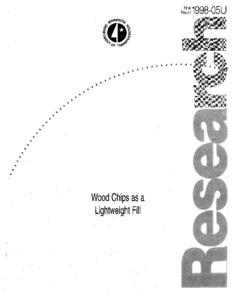Displaying results 1 - 5 of 5
Base Stabilization Guidance and Additive Selection for Pavement Design and Rehabilitation
Creator
Date Created
2017
Report Number
2017RIC02
Description





